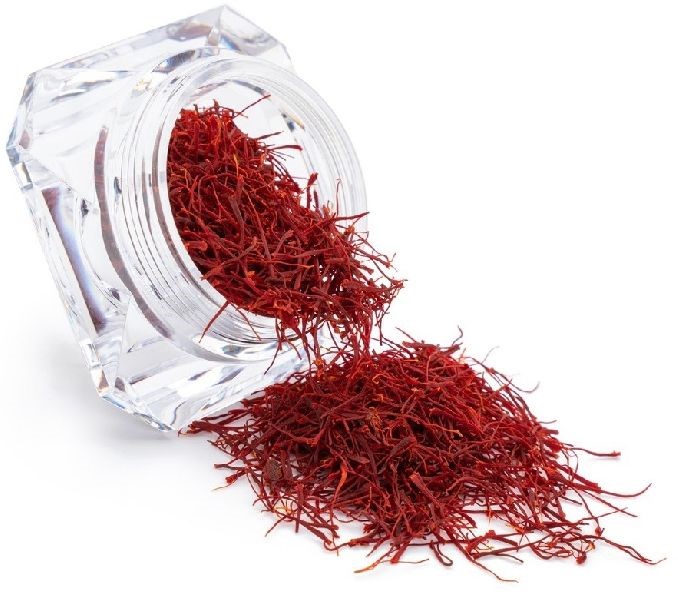In areas where Saffron Crocus are reliably hardy—USDA Zone 6 through 8 in the South, 6 through 9 in the West—you should plant the corms as soon as you receive them. Planting saffron crocus corms.

Overwintering corms in cold climates
Saffron Crocus does best in full sun and well-drained soil that is moderately rich in organic matter. Ideally, the site should be relatively dry in summer, when the corms are dormant.
Plant the corms 4in deep and 4in apart. If gophers, mice, or voles are a problem in your garden, plant the corms in containers or line the bed with hardware cloth or a similar wire mesh.
Flowers will appear the first fall after planting and last for about 3 weeks.
The grass-like leaves may emerge soon after the flowers or wait until the following spring.
In either case, the leaves persist for 8-12 weeks, then wither and vanish, leaving no trace of the corms below until the flowers appear again in fall. Planting saffron crocus corms.
It’s not a bad idea to mark the area where you’ve planted your corms, so you don’t inadvertently dig them up while planting something else.






